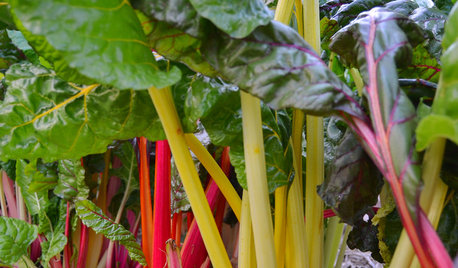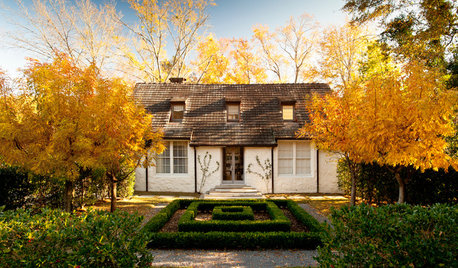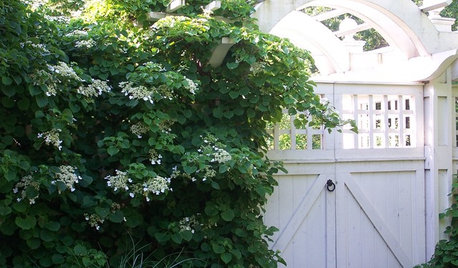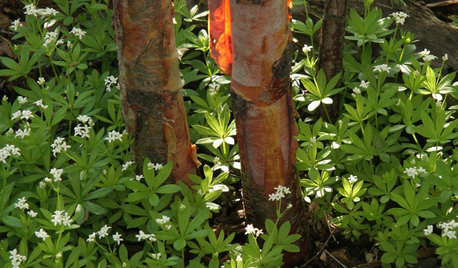Zone 6 Fall Vegetable Garden
Kelby Miller
10 years ago
Related Stories

GARDENING GUIDESCool-Season Vegetables: How to Grow Chard
A year-round garden favorite with a colorful stem, Swiss chard comes into its own in early spring and in fall
Full Story
GARDENING GUIDES6 Plants for Colorful Fall Foliage in the Water-Wise Western Garden
Try these colorful, drought-tolerant additions to your garden for a fall season filled with color
Full Story
FALL GARDENINGMake This Fall’s Garden the Best Ever
Learn the most important tip for preventing buyer’s remorse, plus get more valuable buying and planting advice
Full Story
COOL-SEASON CROPSCool-Season Vegetables: How to Grow Peas
Their sweetness isn't just for spring. Peas thrive in cool weather too, adding a garden-fresh note to soups, salads and more through fall
Full Story
MOST POPULARHow to Start a Cool-Season Vegetable Garden
Late summer and late winter are good times to plan and plant cool-season crops like salad greens, spinach, beets, carrots and peas
Full Story
GARDENING GUIDES6 Unsung Bulbs for Fall Planting
Don't hang up your spade after summer — plant these unusual bulbs in fall for a spectacular spring show
Full Story
FALL GARDENING6 Trees You'll Fall For
Don’t put down that spade! Autumn is the perfect time for planting these trees
Full Story
FALL GARDENING6 Deer-Resistant Flowering Vines to Plant This Fall
Have a major deer problem? Here are some of the only vines that have a chance of not being eaten
Full Story
GARDENING GUIDES6 Deer-Resistant Ground Covers to Plant This Fall
Learn about some of the only low, spreading plants that are reliably deer-resistant
Full Story
GARDENING GUIDES7 Fall Beauties for Mild-Climate Container Gardens
We're talking long-term relationship: These showy shrubs will bring color to your container garden autumn after autumn
Full Story


theforgottenone1013 (SE MI zone 5b/6a)
rhizo_1 (North AL) zone 7
Related Professionals
Ashburn Landscape Architects & Landscape Designers · Horsham Landscape Architects & Landscape Designers · Finneytown Landscape Architects & Landscape Designers · Davis Landscape Contractors · Emmaus Landscape Contractors · Fridley Landscape Contractors · Muttontown Landscape Contractors · Natick Landscape Contractors · Siloam Springs Landscape Contractors · Welby Landscape Contractors · Wells Landscape Contractors · Markham Landscape Contractors · Reisterstown Landscape Contractors · Sun Valley Landscape Contractors · Foley Driveway Installation & Maintenancewolverine1012
beeman_gardener
Kelby MillerOriginal Author
planatus
wolverine1012
florauk
seysonn
Kelby MillerOriginal Author
theforgottenone1013 (SE MI zone 5b/6a)
nancyjane_gardener
seysonn
Donna
Kelby MillerOriginal Author
seysonn
Norway_ralph
seysonn
Ohiofem 6a/5b Southwest Ohio